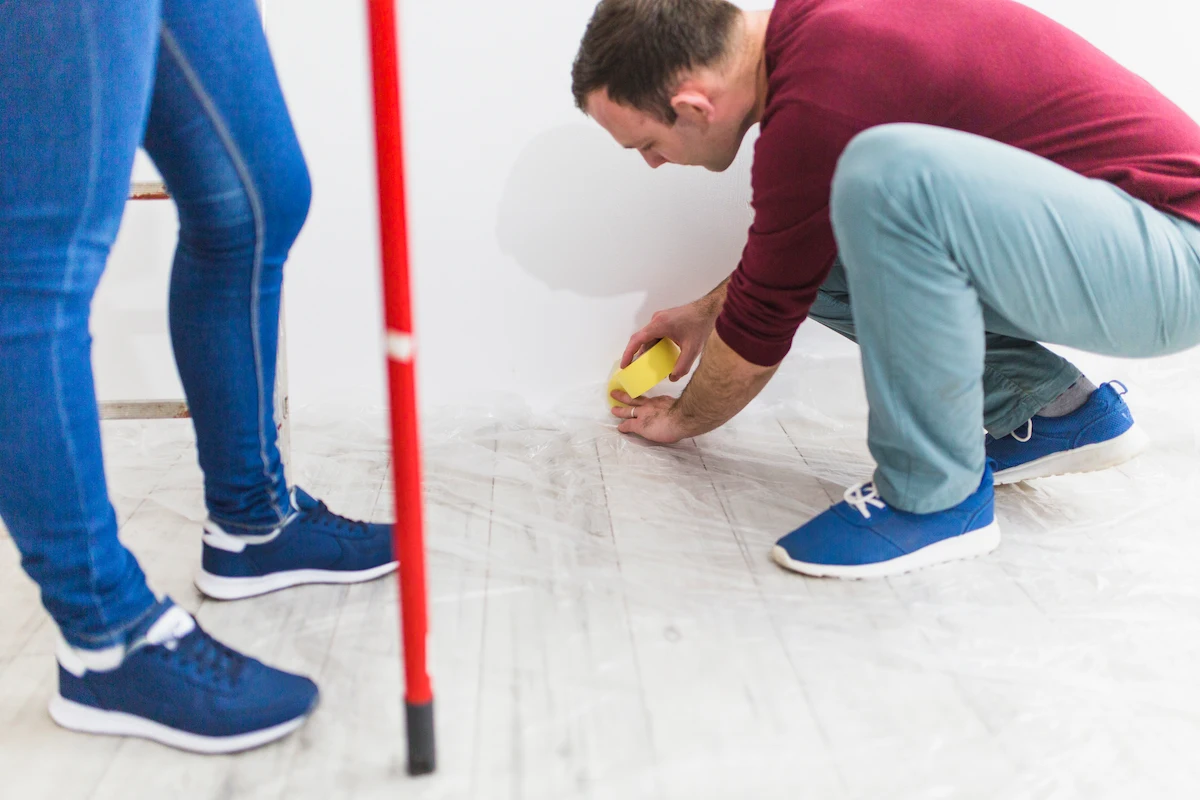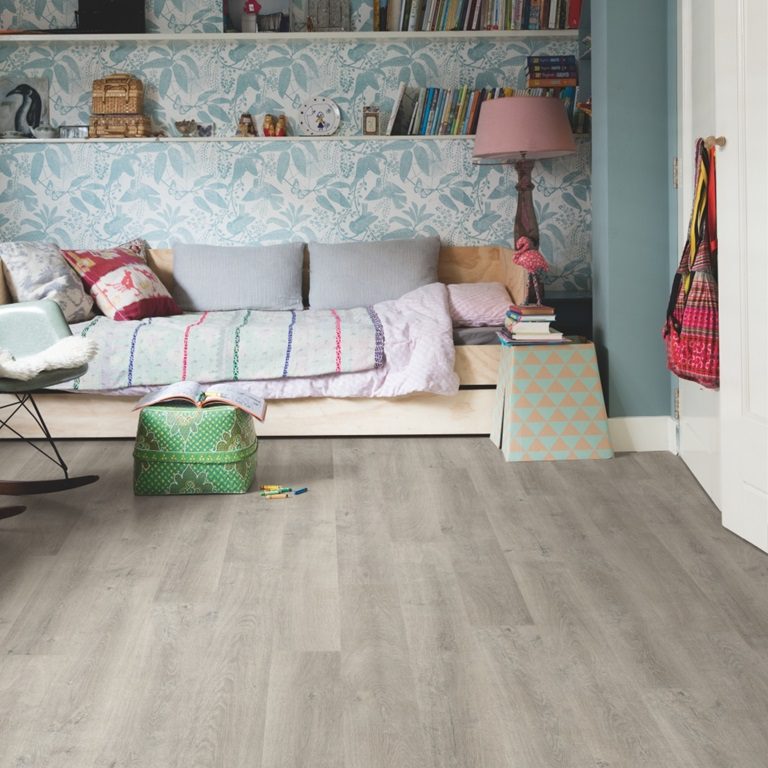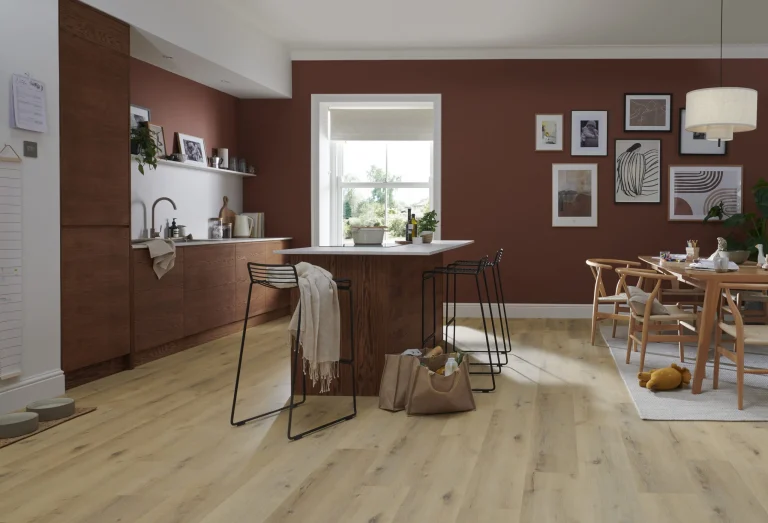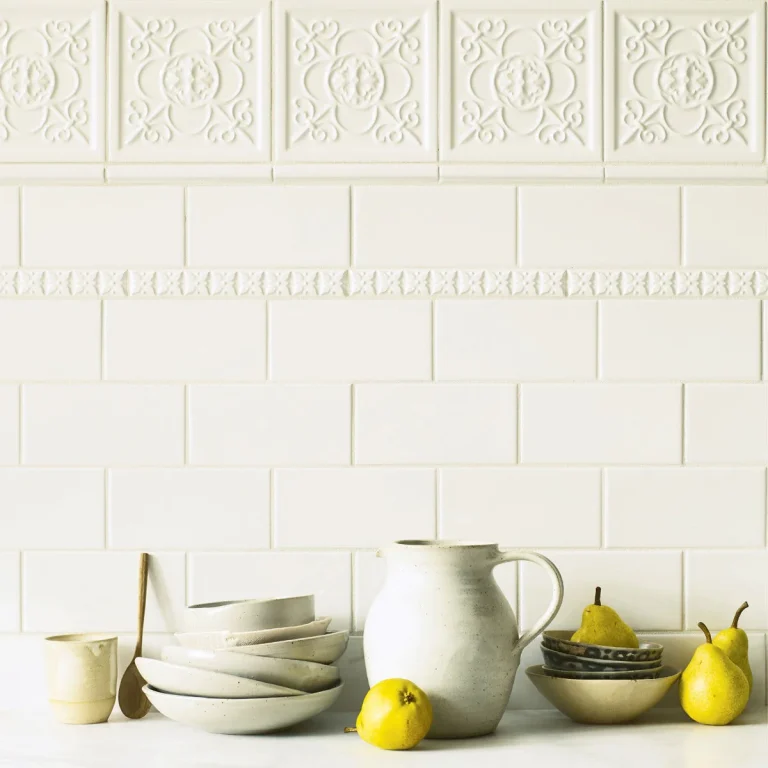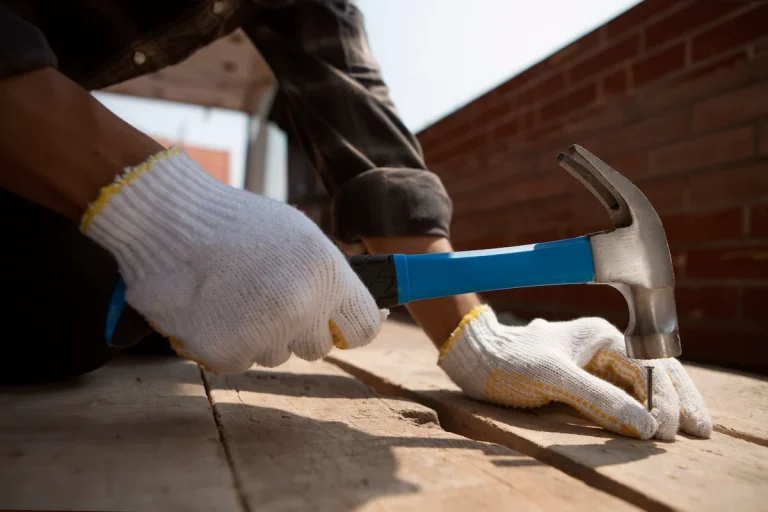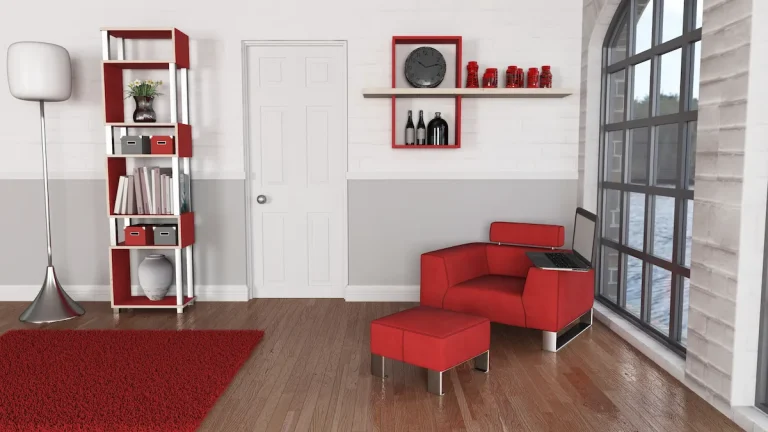Laminate flooring is a popular, cost-effective choice for homeowners, but one common problem is lifting, which affects both its look and durability. If you’re asking, why is my laminate flooring lifting, this article covers the main causes—like moisture and poor installation—plus practical solutions and maintenance tips to stop it from happening again.
Why Is My Laminate Flooring Lifting?
If one has observed lifting in laminate flooring, it is crucial to comprehend the underlying factors that may contribute to this issue. Common causes include moisture damage, improper installation, imperfections in the subfloor, and the lack of an adequate expansion gap, all of which can lead to the lifting of laminate boards. Recognising symptoms such as bubbling or gaps between panels is essential for prompt intervention.
1. Moisture Damage
Excess moisture is one of the most common reasons why laminate flooring lifts. Water seeps into the seams, causing the core of the planks to swell and distort.
To combat moisture damage:
- Maintain indoor humidity between 30–50%
- Use dehumidifiers in damp areas
- Promptly wipe up spills
- Install a damp-proof membrane during installation
These steps reduce the likelihood of damage and preserve the appearance of the flooring.
2. Improper Installation
Incorrect installation techniques are another major cause of lifted laminate flooring. Failure to leave sufficient expansion gaps or improperly laying underlay can lead to tension and buckling.
To avoid these issues:
- Always read and follow the manufacturer’s guide
- Let boards acclimate before installation
- Use the correct underlay type
- Hire professionals if unsure
Correct installation from the start saves time and money on repairs.
3. Subfloor Issues
An uneven subfloor can place stress on laminate boards, leading to lifting.
To address subfloor problems:
- Use a spirit level to check for flatness
- Fill low spots with levelling compound
- Sand down high points
- Ensure the surface is dry and clean before laying
A sound subfloor supports the flooring and improves its durability.
4. Expansion and Contraction
Why is my laminate flooring lifting in summer or winter? Temperature changes can cause boards to expand or contract, resulting in buckling if no expansion gap is left.
To mitigate these effects:
- Leave a 10mm expansion gap around edges and fixtures
- Use spacers during installation
- Keep indoor temperatures stable
Monitoring climate conditions inside your home can prevent seasonal lifting problems.
5. Low-Quality Flooring
Cheaper laminate options are more prone to swelling, warping, and lifting due to less durable construction.
Look for:
- High AC rating (wear resistance)
- Board thickness of at least 8mm
- Manufacturer warranty
- FloorScore certification for quality assurance
Choosing quality materials ensures a longer-lasting and more reliable floor.
How to Fix Lifting Laminate Flooring
Understanding the cause of the problem helps in choosing the correct repair method. This section covers simple fixes and when to seek professional help.
1. Identify the Cause
The first step is to determine what’s causing the lifting. Look for moisture signs, warped areas, or uneven planks.
Inspection checklist:
- Visible gaps between planks
- Swelling or bubbling
- Hollow sounds underfoot
Pinpointing the issue will guide you towards the most effective solution.
2. Dry Out the Floor
If moisture is the culprit, drying the floor is essential.
Use:
- Dehumidifiers to lower humidity
- Fans to increase air circulation
- A hygrometer to track humidity levels
Keep the area ventilated and avoid wet mopping while drying.
3. Repair or Replace Damaged Boards
Light warping may be fixed using weight or adhesive, but heavily damaged boards often need replacing.
Steps:
- Remove skirting and click out affected planks
- Replace with matching boards
- Refit skirting once complete
Use manufacturer-recommended repair kits for minor cosmetic damage.
4. Check and Fix Subfloor Issues
Ensure the subfloor isn’t contributing to the problem.
Corrective actions:
- Fill low areas with compound
- Repair any leaks or damage
- Let the subfloor dry thoroughly
A solid foundation supports the flooring’s longevity and prevents repeat issues.
5. Use Proper Installation Techniques
For reinstallation or new flooring, follow correct procedures.
Key practices:
- Leave adequate expansion gaps
- Choose the right underlay
- Let boards acclimate for 48 hours
Following guidelines ensures a long-lasting, stable floor.
How to Prevent Laminate Flooring from Lifting
Preventing future problems is all about making smart choices from the beginning and maintaining good habits.
1. Choose High-Quality Flooring
High-grade laminate resists wear and moisture better than budget versions.
Look for:
- Strong core materials
- AC rating of AC3 or above
- Long manufacturer warranties
Paying more upfront can prevent costly issues later.
2. Properly Acclimate Flooring Before Installation
Boards need to adjust to your home’s environment to avoid movement post-installation.
How to do it:
- Store boards in the room for 48–72 hours
- Keep temperature stable (18–29°C)
- Maintain humidity (30–50%)
Proper acclimatisation helps prevent future lifting due to expansion.
3. Use Moisture Barrier Underlayment
Moisture barriers protect from damp subfloors, particularly in basements or kitchens.
Underlay options:
- Standard foam (light moisture protection)
- Rubber underlay (best for humid areas)
- Vapour barrier film (ideal for basements)
Always overlap seams and tape them securely during installation.
Keep Your Laminate Floors Smooth and Secure
Understanding why is my laminate flooring lifting helps you prevent, repair, and avoid future issues. By investing in high-quality flooring, maintaining ideal indoor conditions, and following proper installation techniques, you’ll enjoy long-lasting, beautiful laminate floors.
If you’re ready to upgrade to durable, professionally-installed laminate flooring, explore the wide range of laminate products available at TEKA Flooring. Our expert team can guide you through the best options for your space and ensure proper installation for lasting results.
Read also:


























